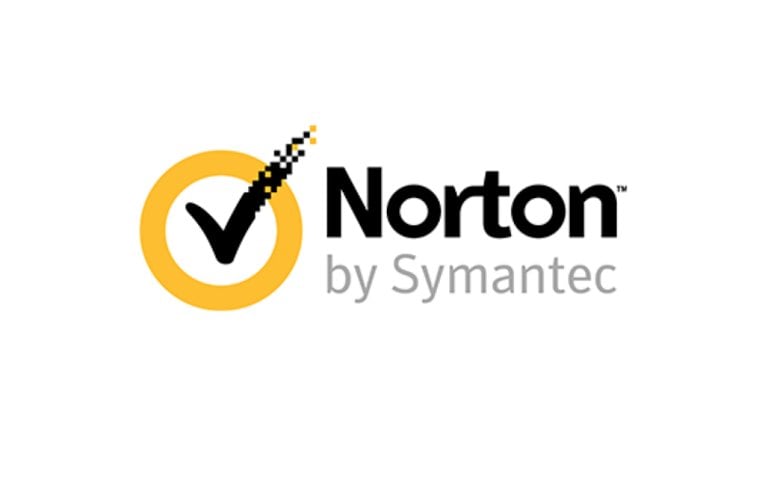

An essential guide for parents.
As parents raising children in this modern age of Facebook, Twitter and who knows what next, it’s safe to say that many of us have concerns when it comes to our kids’ safety online.
Some parents I know ban their kids from all kinds of social media, but I don’t really believe this is a viable option any more.
I know other parents who insist on having passwords and unrestricted access to their kids’ social media accounts. The family computer stays in the living room where mum and dad can see what’s going on at all times. I do like this idea and I think that as my children grow, this is the kind of approach that I will be taking. But let’s be honest here — with mobile phones, tablets and devices all able to access the internet, monitoring things at home is often not enough.
Earlier this year, internet security company Norton commissioned a survey designed to gain a deeper understanding of just how involved and aware parents were when it came to their kids’ online lives.
What was most interesting to me was that despite all of the information out there about the dangers lurking for children online, 74 per cent still said that they considered themselves to be mostly in the dark about their child’s online activities.
This is a worry, because in many ways, online threats are some of the most terrifying and potentially hazardous to our kids. We willingly discuss issues like stranger danger, road safety and responsible drinking, but yet neglect to discuss something that is, for most of us, an unavoidable part of our daily routine.
